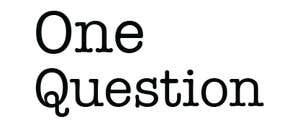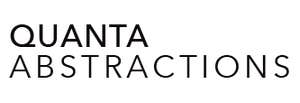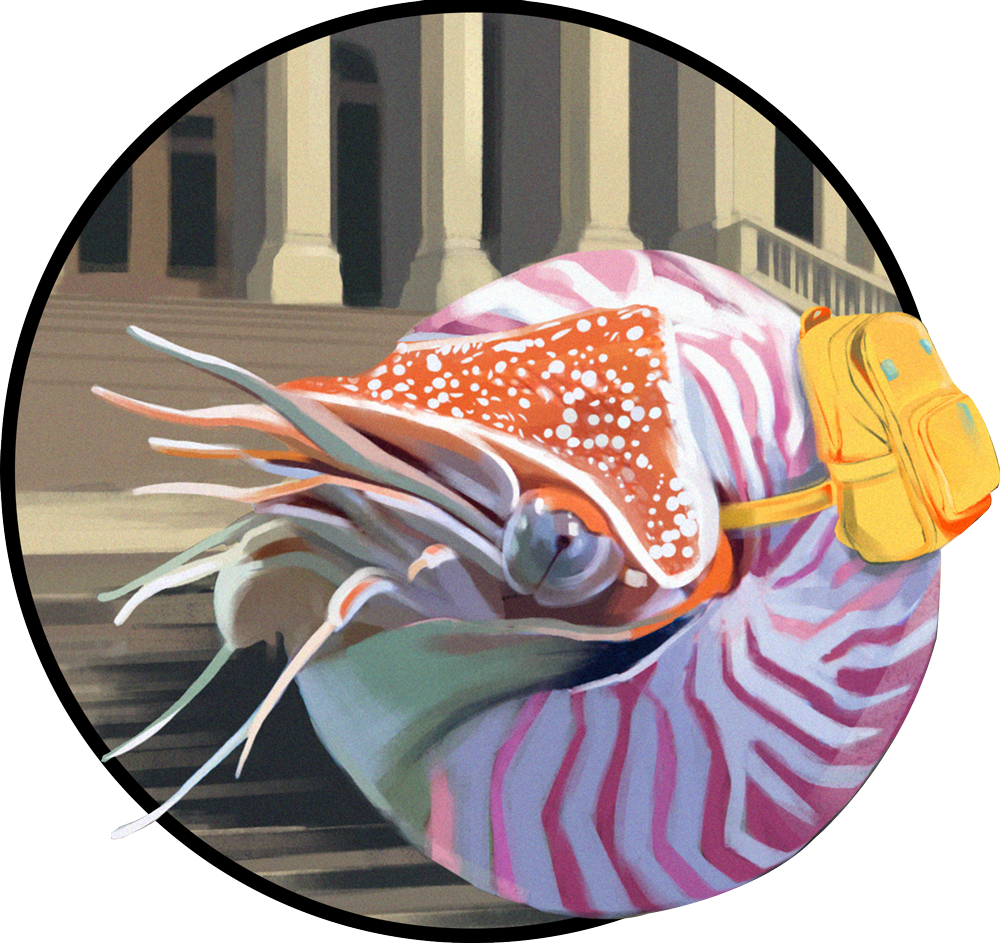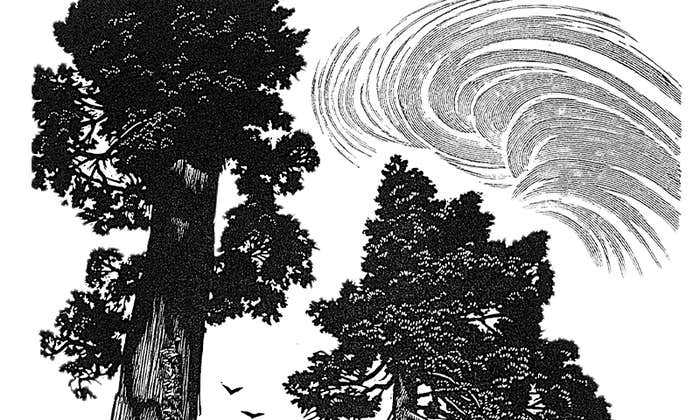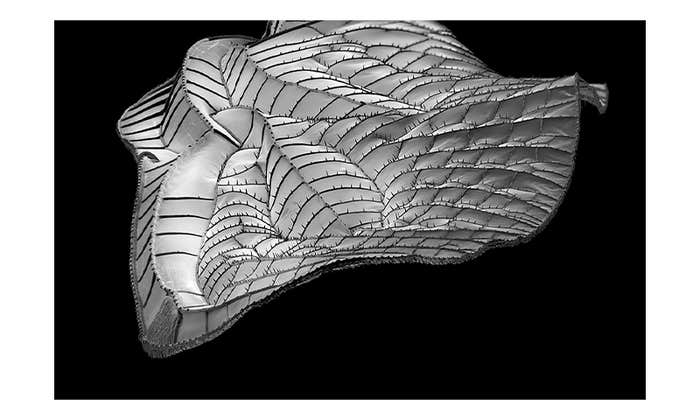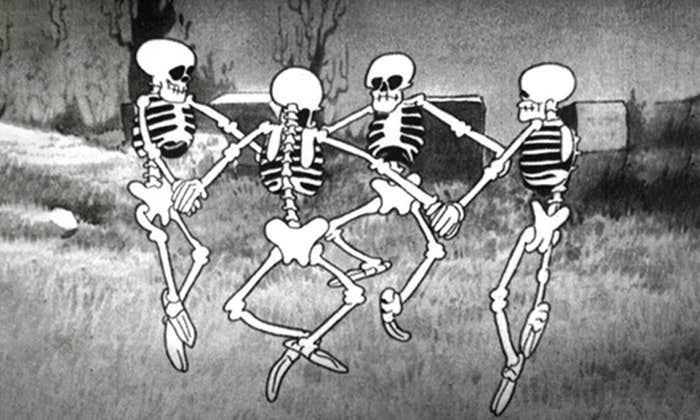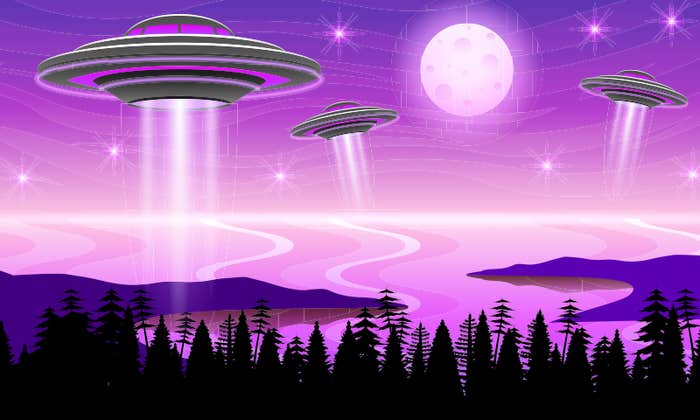Last week, thousands of scientists, practitioners, entrepreneurs, and members of the curious public converged on Denver for the annual Psychedelic Science conference. Neuroscience lectures by scientists from Stanford University and New York University mixed with discussions about clergy on psilocybin, workshops about the use of ecstasy for couples therapy, booths touting sound healing, and a handful of imaginative costumes. I visited for just one day, but still found it the most colorful—if not the most sequined—scientific conference I’ve covered in my years as a science journalist.
But it was also among the most fascinating and forward-looking. And dare I say, self-aware?
Serious scientific research on psychedelics has faced a world of challenges from the get-go. Even the early “psychonauts” of the late 18th century tried to grapple with the seeming impossibility of mapping quantitatively the very qualitative experience of such an altered mind state. (In an early investigation of the effects of nitrous oxide, one participant in 1799 told chemist Humphry Davy, “I feel like the sound of a harp.”)
One of the big challenges for rigorous scientific trials of psychedelic drugs—including psilocybin in mushrooms, MDMA, DMT, LSD, and the like—is that study participants rather quickly become aware of whether they have received the drug or a placebo, as Balazs Szigeti, of the University of California, San Francisco Translational Psychedelic Research Program, noted in one scientific session at the conference. Which can confound results much more profoundly than a well-blinded study, where participants are unsure about whether they had a sham treatment or the real thing.
One option is to unblind the studies—which, as scientific posters at the conference showed, are being conducted to see if psychedelics can treat everything from anxiety to post-partum depression to cocaine addiction to extreme fear of heights. Researchers could even potentially not reveal to participants that there is a separate arm of the study receiving a different treatment, Szigeti and his colleagues suggested.
Another is to use up-and-coming pharmaceutical options known as non-psychedelic analogues that are showing promise of similar impacts on the brain’s plasticity (a large reason why psychedelics are thought to be effective in some treatments), while leaving participants still firmly rooted in their familiar perceptual reality. These are, perhaps unsurprisingly, somewhat controversial in the field.
Still another option for working around some of these challenges is to dive beyond subjective reports and peer into the brain’s activity to look for proxies from fMRIs, EEGs, and PET scans.
But even these, as scientific and mechanistic as they appear, come with their own limitations, including—as one panel of experts noted—how the data is displayed. “Heat maps” of brain activity, for example, can only show where more blood is being channeled and might indicate areas that are becoming more active, whether a person is sober or on a wild psychedelic trip. And many of these images can be misleading, as Lindsay Cameron, a postdoctoral psychiatry researcher at Stanford, pointed out.
Cameron cited a much-used figure from a paper that shows substantially increased activity connecting different areas of the brain of people on psilocybin—compared with those who were sober. But, she noted, these sorts of increases are not special to psychedelics. “This happens with a lot of caffeine. It happens with meth. It happens with cocaine. Things that increase your brain activity and rev it up—it’s not a totally crazy finding,” she said. “So I want to emphasize: Know what you’re looking at when you look at these images.”
Another good reminder that all may not be as it appears. ![]()
Lead image: Bruce Rolff / Shutterstock







